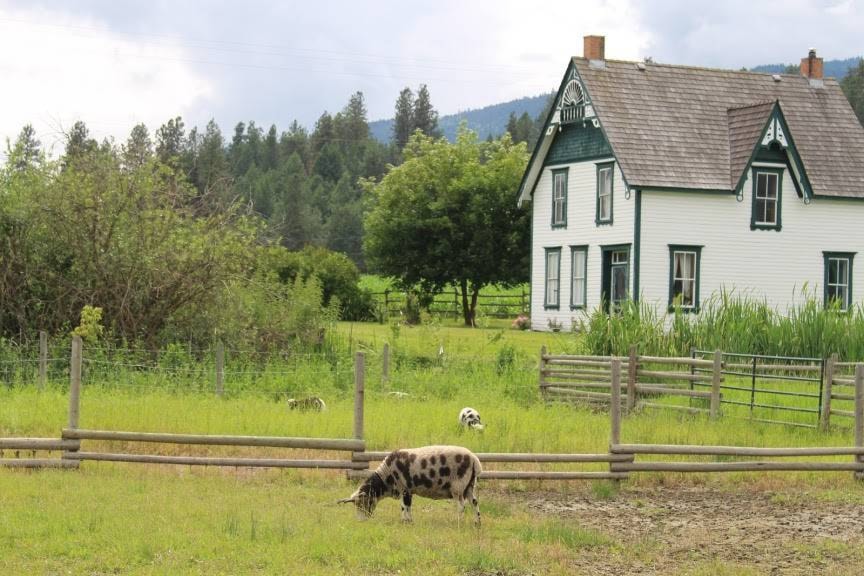The Okanagan Basin Water Board (OBWB) marked the 15th year of its water conservation and quality improvement (WCQI) grants this week with the awarding of funds to projects throughout the valley that will enhance water security.
Since the program began in 2006, and with this week’s award of 16 grants worth $350,000, the board has now provided 300 grants to Okanagan non-profits, First Nations, local governments and irrigation districts adding up to an overall value of $5.1 million.
“We’re thrilled to see the variety of projects that have been supported over the years which have contributed to protecting the water in our valley, known as one of Canada’s most water-stressed regions,” explained James Littley, OBWB’s operations and grants manager.
Funded projects this year include on-the-ground restoration efforts, water monitoring, public outreach, and more.
One such project is “A Syilx siwɬkʷ (water) Story: A Rail Trail signage journey” to be led by the Okanagan Nation Alliance.
The project involves the installation of signs along the Okanagan Rail Trail using key messages originally created for the 2016 Social Life of Water travelling exhibit which was featured in museums throughout the valley.
Much of the rail trail already follows along the foreshore of Okanagan lakes and creeks.
This project will bring the story of water to those already on the rail trail, explaining the importance of water, how it connects us and everything around us.
“Interpretive signs are a fantastic way to enhance the experience for visitors,” added Littley.
Another project is “Assessing Microplastics in Okanagan Lake” by FreshWater Life, in partnership with the City of Kelowna.
This project will include water sampling to determine if microplastics are present in Okanagan Lake and if wastewater is a potential source of contamination.
And if they are found, work will be conducted to develop solutions to prevent their entry into local waterways.
“The public has become increasingly aware of plastic pollution, especially in the ocean, but are less aware of microplastics and even less so in freshwater,” Littley said.
“This project will help us develop a baseline understanding of the issue, how it affects our lives, our drinking water and the environment in the Okanagan, and develop a response as needed.”
A third project is a pilot project to identify drinking water protection areas by the Regional District of Okanagan Similkameen (RDOS).
Currently, there are 190 water systems (groundwater, lake, creek and river sources) in RDOS alone.
The project will identify wells and intakes and define drinking water protection areas. This will help water providers improve potential emergency responses, and ensure the public, developers, government staff and others are better informed before working in these areas.
This project will also be available as a template for mapping efforts in other regions.
“Ultimately the intention is to identify water sources and protect water quality in our valley,” added Littley.
In all, the OBWB received 24 grant applications this year, with a total ask of $575,405.
For a full listing of this year’s funded projects, check out the WCQI database at https://www.obwb.ca/wcqi_project/.
